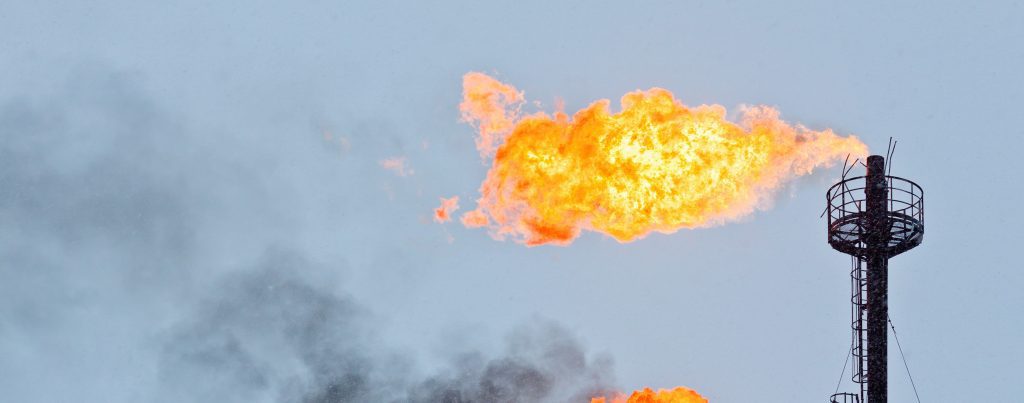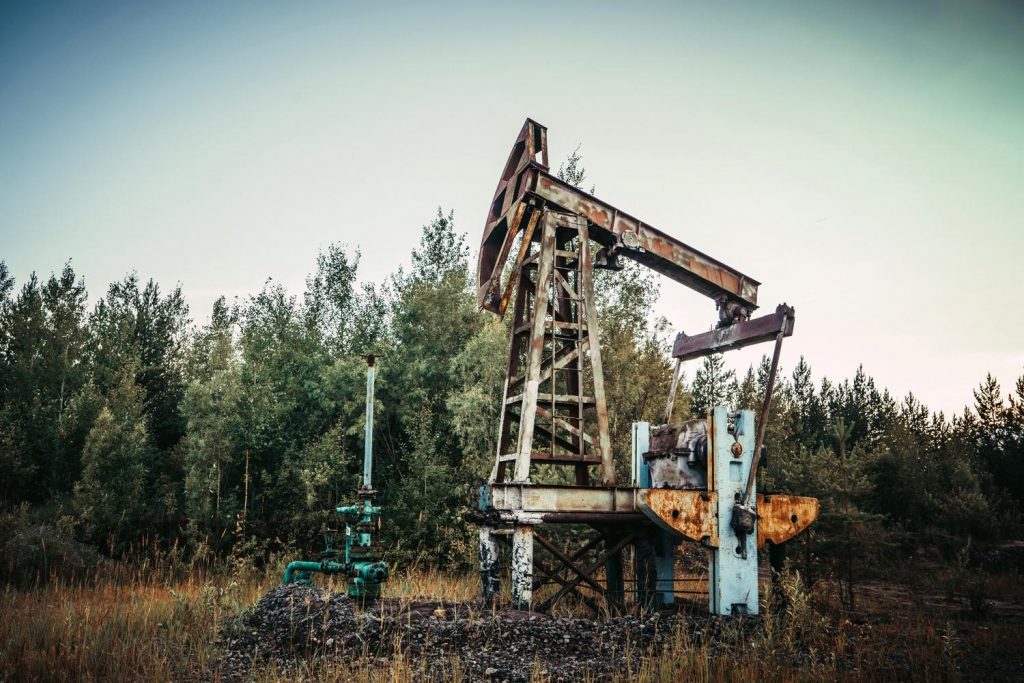Here’s some good news for the climate: The Ontario government announced recently that it’s putting a price on carbon pollution by joining Quebec and California in a cap-and-trade system.
By setting a limit on greenhouse gas emissions from each sector of the economy, a cap-and-trade system forces companies to buy permits for each tonne of carbon they emit. Because pollution now comes with a cost, companies are incentivized to pollute less. And, as the number of available permits under the cap decreases over time, companies are eventually forced to reduce their emissions.
One of the easiest and most cost-effective ways for companies, and households, to lower carbon emissions is through improvements in energy efficiency and conservation. In the recently-released 2015 budget, Ontario signalled that a portion of the money raised through the cap-and-trade system will be reinvested in projects that “help lower greenhouse gas emissions and help businesses remain competitive, which could include… increased energy efficiency in homes, buildings and automobiles.”
Not only is conservation the cheapest way to reduce emissions, but investments in conservation have positive impacts on the economy. A Blue Green Canada report found that reducing both natural gas and electricity use in Ontario by 2025 would add billions to the provincial GDP, create thousands of jobs, reduce federal and provincial deficits, and take a big slice out of our emissions.
Ontario imports virtually all of the gas we burn. Improving efficiency helps our economy by keeping jobs and revenue in the province instead of sending billions of dollars out of Ontario to pay for imported fuel. It also makes our businesses and industries more competitive by reducing their production costs. A recent study for Enbridge Gas Distribution found that the natural gas consumption of customers in its Ontario franchise area could be cost-effectively reduced by 28 percent by 2024. Realizing this demand side management potential would reduce Ontario’s greenhouse gas emissions by nearly 14 megatonnes, or 8 per cent of its 2012 total. Meanwhile, a failure to fully capture all cost-effective conservation will mean that businesses and the individuals they serve in Ontario will continue to pay more than necessary for energy to meet their everyday needs.
Efficiency and conservation programs can also lead directly to household savings. A study released by the Ontario Clean Air Alliance shows that achieving just 50 per cent of Enbridge Gas customers’ potential cost-effective savings would reduce energy bills by $10 billion by 2024. This would require raising the conservation budget for gas utilities, but revenues from Ontario’s cap-and-trade system can help fill those budgetary gaps.
For a nearby success story, look to the northeastern United States, where the Regional Greenhouse Gas Initiative (RGGI) regulates fossil fuel powered electric generating plants in nine states in a mandatory cap-and-trade system. Between 2009 and 2013, over $1 billion in RGGI proceeds have been invested in energy efficiency, clean energy, greenhouse gas abatement, and direct consumer bill assistance. The investments are projected to return more than $2.9 billion in lifetime energy bill savings to more than 3.7 million participating households and 17,800 businesses while avoiding the release of over 9 million tonnes of carbon pollution. That’s the equivalent of taking 1.9 million cars off the road! RGGI states have also experienced a reduction of over 40 per cent in power sector carbon pollution since 2005, while the regional economy has grown 8 per cent.
Increasing energy conservation and efficiency is a win-win-win. It’s one of the fastest and most affordable ways to lower our utility bills and reduce greenhouse gas pollution while driving economic growth and job creation. By reinvesting revenues from pollution permits in energy efficiency and conservation, a cap-and-trade system offers Ontario households and businesses the opportunity to save money and help the environment. Let’s not let this opportunity go to waste.









